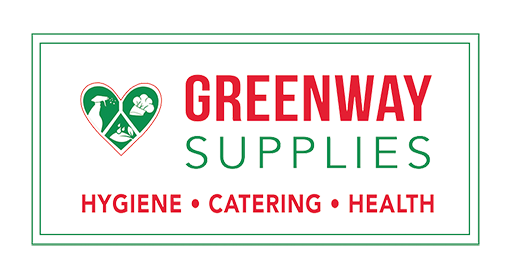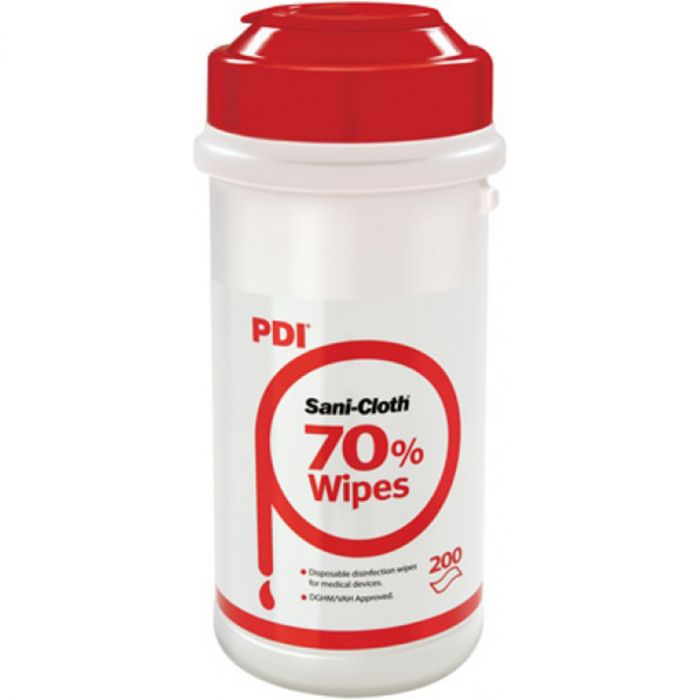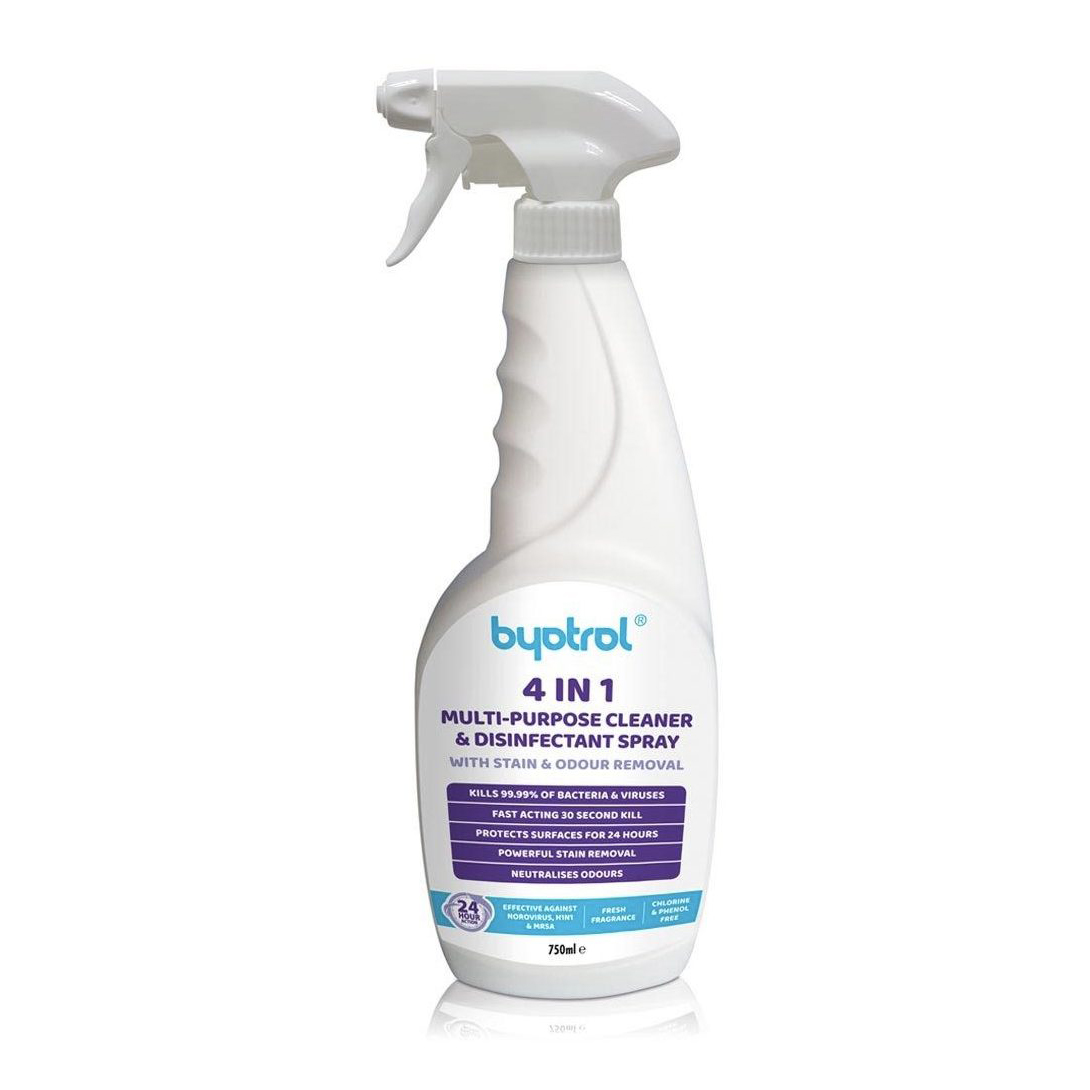A chafing dish is a form of indirect heat stove which uses chafing fuel to heat a large shallow pan of water which subsequently heats a pan of food above. Chafing dishes are perfect for heating food during buffet displays. With small, portable containers of fuel available with burn times of two to six hours, chafing dishes provide an affordable, convenient and portable way of heating food.

Electric chafers and induction chafers are perfect for more permanent buffet installations and remove the potential hazard of burning spirit-based fuel. All chafing dishes (or chafers for short) have three main elements; a frame, a water pan and a cover/lid. Regardless of the type or size, chafing dishes use water as a medium to transfer heat from the heat source.
Chafers should not be used for cooking food, they are meant to keep food hot or warm. For best results, heat the food in an oven and use the chafer to keep the food warm.
WHAT ARE THE MAIN PARTS OF A CHAFING DISH?
Chafing Pan Lid
The lid of a chafing dish is used to retain heat and help food retain its temperature better. The lid also keeps steam close to the food, keeping it moist. Opening the lid is a good way to prevent certain foods from going limp or soggy, with lids coming in lift-off, roll top, hinged and glass top varieties.
Food Pan
The food pan is the top dish of a chafing dish where food is placed. These come in a variety of Gastronorm sizes to fit your oven and fridge. As chafing dishes do not cook food but only keep it warm, it is recommended that you cook food in the food pan in your oven first and then transfer it to the chafing pan.
Water Pan
The water pan of your chafing dish is deeper than the food pan, allowing the food pan to sit inside it and be heated by the steam generated by the heated water. The pan should only ever be filled about one inch full.
Stand
The stand combines all of the individual elements of a chafer into one piece of equipment. It contains recesses or stands for the fuel and an upper rim which firmly holds the water pan.
Fuel with Damper
Chafing fuel comes in convenient portable cans with various burn times and can be in gel or liquid form. Electric chafers will have a heating element which is much closer to the water pan.
HOW TO SET UP A CHAFING DISH
Setting up a chafing dish is potentially dangerous, but can be done quickly and safely if you follow these simple steps:
- Place the base in exactly the position in which you intend to use it.
- Place the chafing fuel inside a holder and remove the can lid. Attach the dampening lid to the holder and place it on the stand.
- Place the empty water pan on the stand and check that it is secure.
- Fill the water pan with approximately one inch of boiling water.
- Light the fuel with a stick lighter, taking care to keep your hand away from the flame.
- Place the hot food pan on top of the water pan and close the lid.
HOW TO USE CHAFING FUEL

Chafing fuel is extremely simple to use, you just need to remove the lid and light the fuel! In order to maintain control over your burn, place the fuel in a holder with a dampener before igniting. You simply rotate the lid to allow more or less heat to reach the water tray. As with all spirit-based fuels, the fumes of chafing fuel are also flammable, so be extremely cautious and use a long stem lighter when igniting.
WHAT’S THE DIFFERENCE BETWEEN LIQUID AND GEL CHAFING FUEL?
The main difference between liquid and gel chafing fuel is consistency, with liquid being far less viscous and using a clean-burning compound called DEG. By comparison, the gel is much thicker in consistency and is typically made using ethanol or methanol. Liquid fuel is difficult to ignite without the wick, meaning it is often considered safer.
Some wick-fed liquid fuels also have a resealable lid so that fuel can be reused. By comparison, users ignite gel fuel within the can itself, meaning that this product is never suitable for reuse. Gel chafing fuel typically produces a less tall flame than chafing fuel with a wick, meaning the different heights may suit different chafing dishes.
USING A CHAFING DISH SAFELY
Although efficient and practical, chafing dishes involve open flames, extremely flammable fuel and boiling water. It’s therefore vital to take these precautions:
- Always purchase fuel with plenty of burn time to prevent having to change canisters during the event.
- Never transfer the water pan whilst the water is hot. Fill with boiling water in situ and allow to cool before disposing of contents.
- Always place fuels in a holder before lighting using a long lighter.
- Open the chafing dish lid carefully and away from your body to avoid steam burns.
- Allow fuel canisters to completely cool before removing them from holders.
- Store chafing fuel in a cool, dry place away from direct sunlight.
TIP: Always supervise staff when they are assembling and lighting a chafing dish for the first time.
WHAT TYPES OF CHAFING DISHES ARE THERE?
There is a range of affordable, traditional chafing dishes which utilise conventional gel or liquid fuel for an affordable and simple buffet heating solution. Away from the traditional, induction chafers like Induction Chafers sit directly on electric induction plates and have an inbuilt water return system to move condensation away from food and into the water tray.
Electric chafing dishes can be safer to use than traditional fuel chafers. They have no naked flames and also negate the need to purchase additional fuel for each usage. Electric chafing dishes also have simple to use variable controls, giving you the ability to precisely control the heat to which your food is exposed. Electric chafing dishes are safer for use around children and in lively environments due to their enclosed stand and lack of burning fuel.
Chafing dishes are the perfect addition to an indoor buffet or a great way to keep food warm at an event like a fete. Their unrivalled portability and even distribution of heat mean they are a vital part of catering for any buffet or event.
To learn more contact Eoin and he can contact your business be it in Kerry or Ireland with advice
- Greenway Supplies
- August 31, 2022
- 12:50 pm
Archived Posts
- February 2024 (2)
- January 2024 (3)
- November 2023 (2)
- September 2023 (2)
- August 2023 (1)
- June 2023 (5)
- May 2023 (6)
- April 2023 (5)
- March 2023 (4)
- February 2023 (3)
- January 2023 (2)
- December 2022 (3)
- November 2022 (6)
- October 2022 (3)
- September 2022 (5)
- August 2022 (4)
- July 2022 (4)
- June 2022 (6)
- May 2022 (1)
- April 2022 (4)
- February 2022 (2)
- January 2022 (1)
- July 2021 (1)
- June 2021 (2)
Video/Blog Categories
- Bars (9)
- Blogs (42)
- Cleaning Supplies (22)
- Coffee Shop (5)
- Kitchen (23)
- Mops & Floor Hygiene (2)
- Uncategorized (1)



